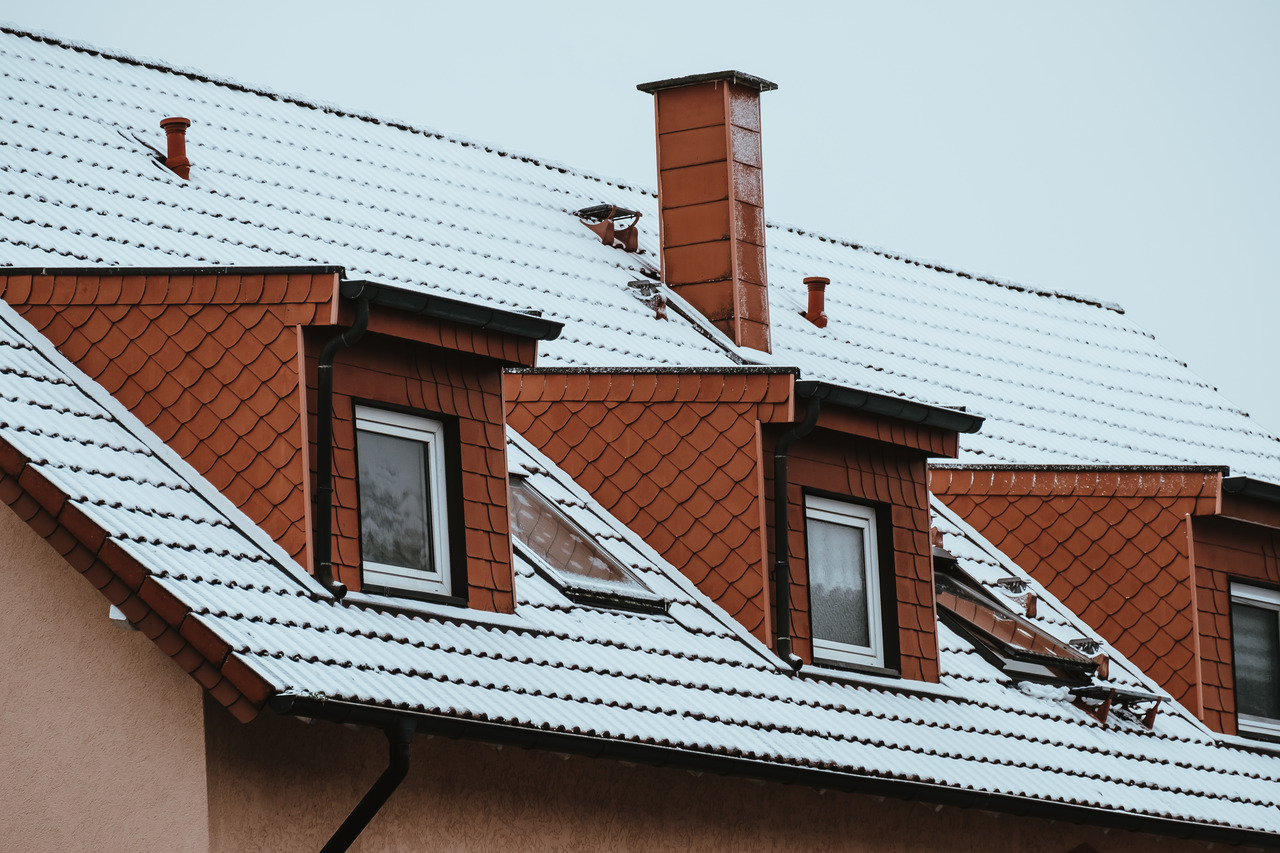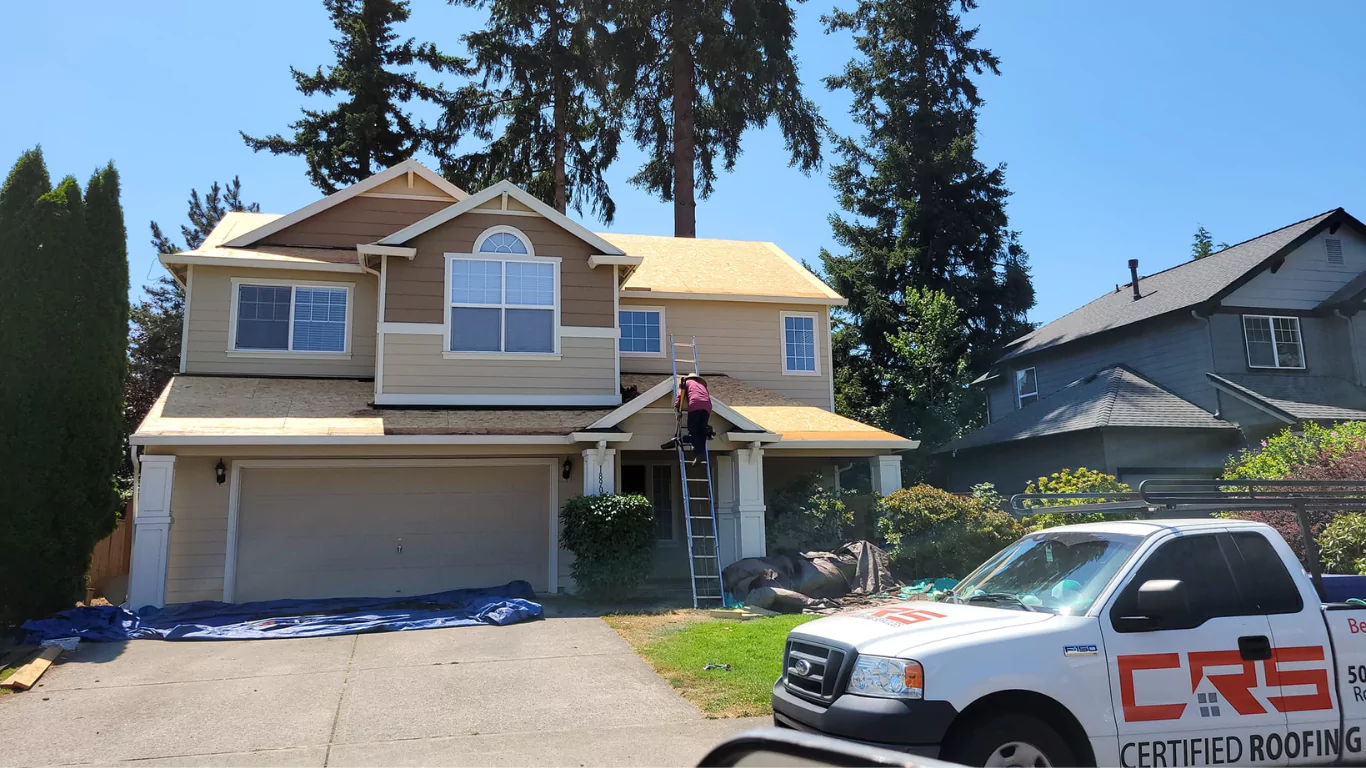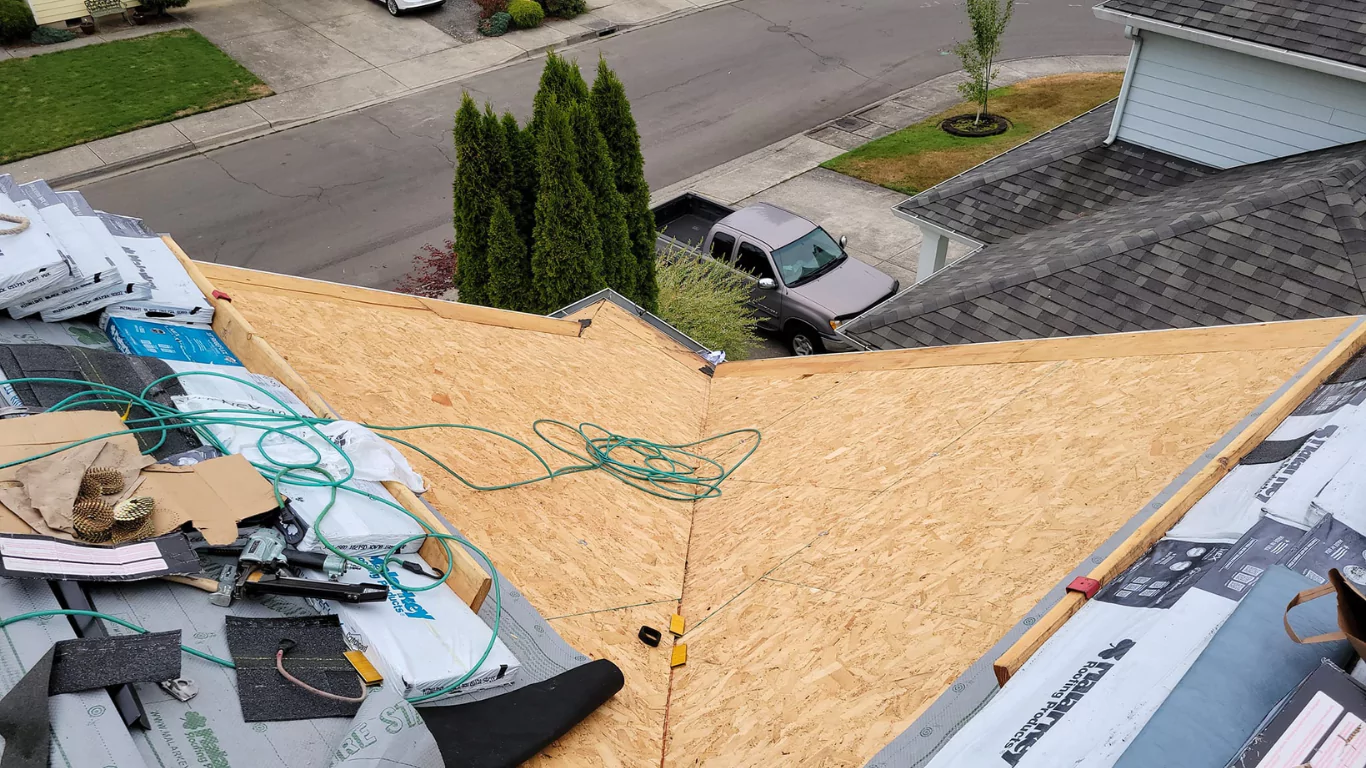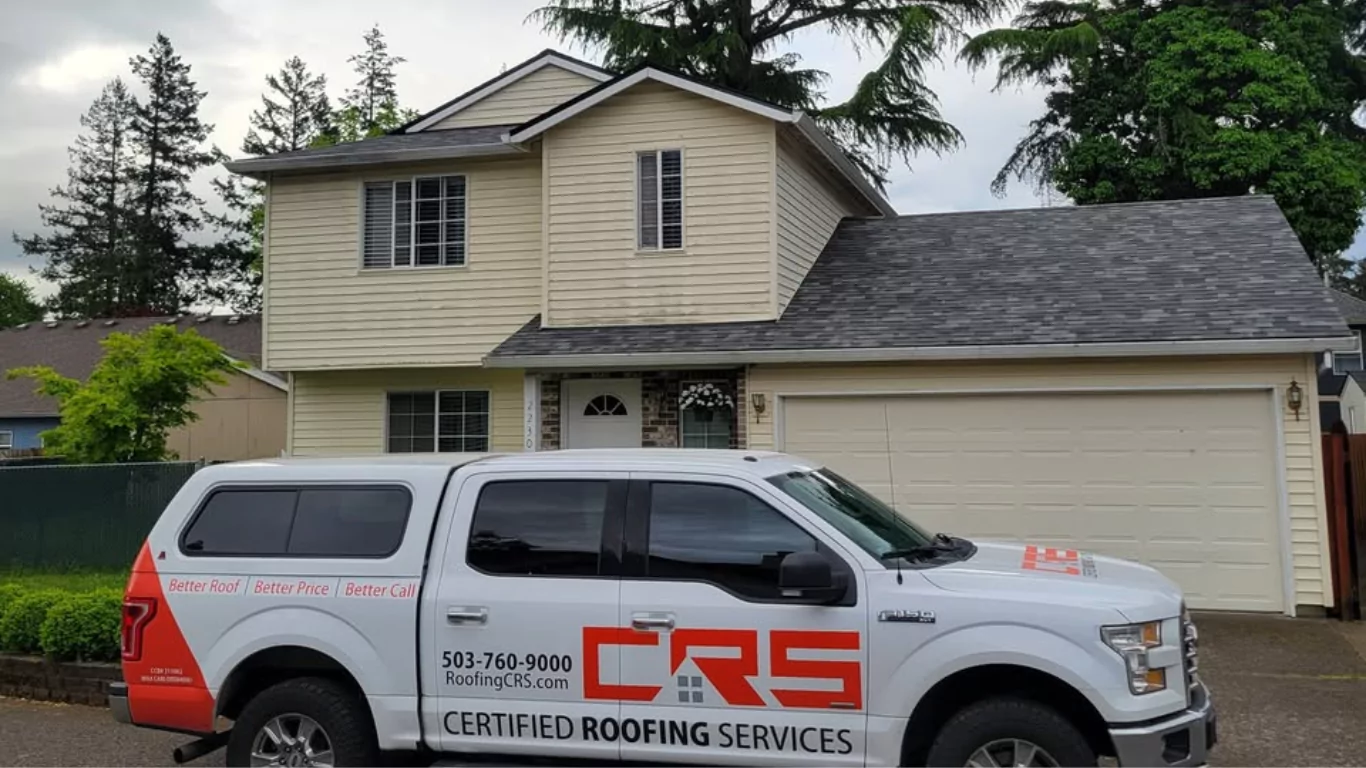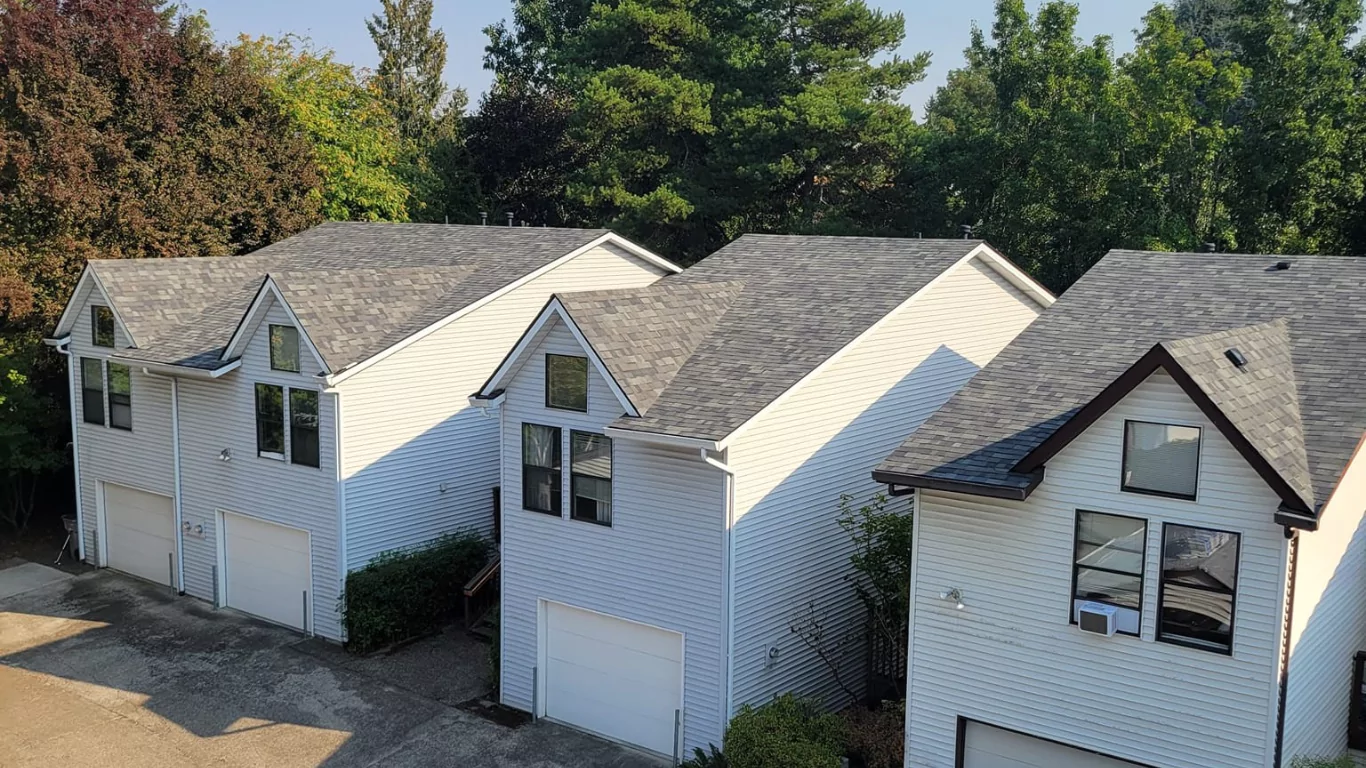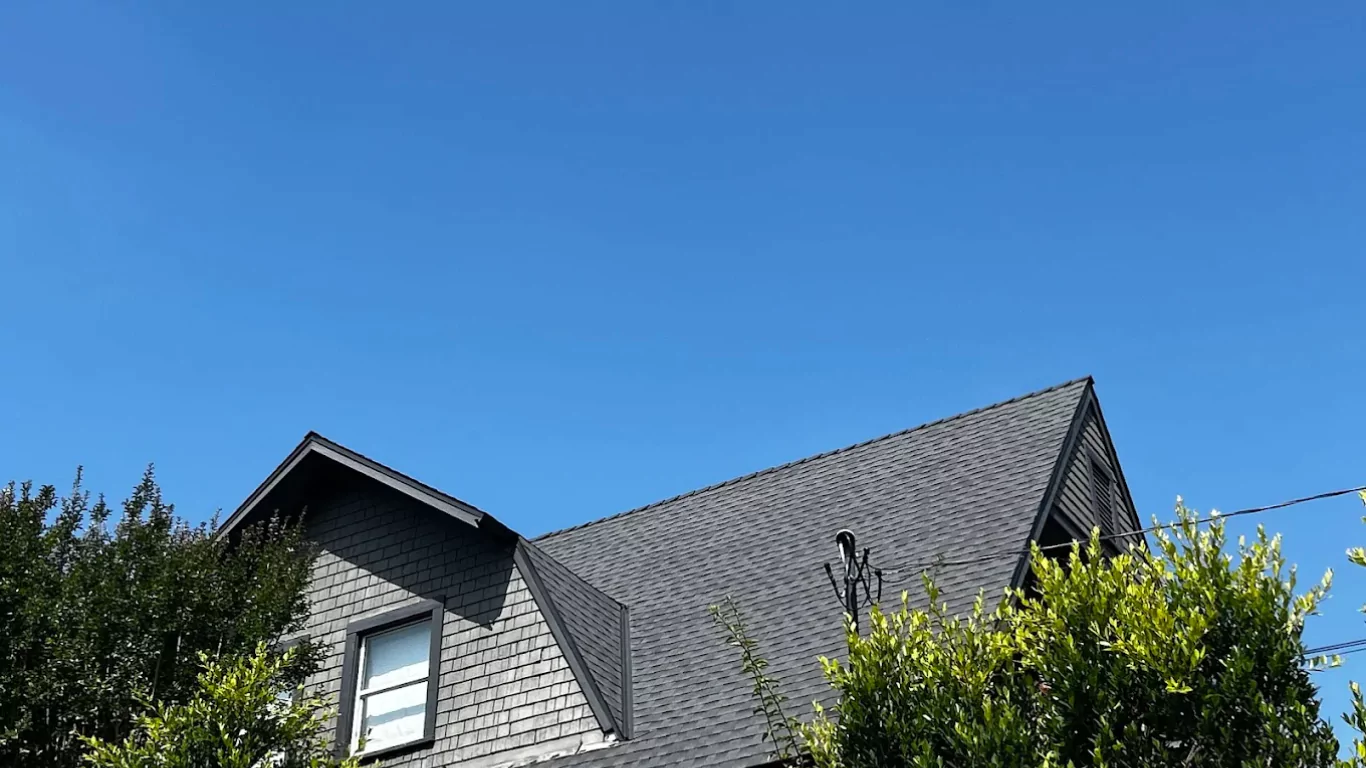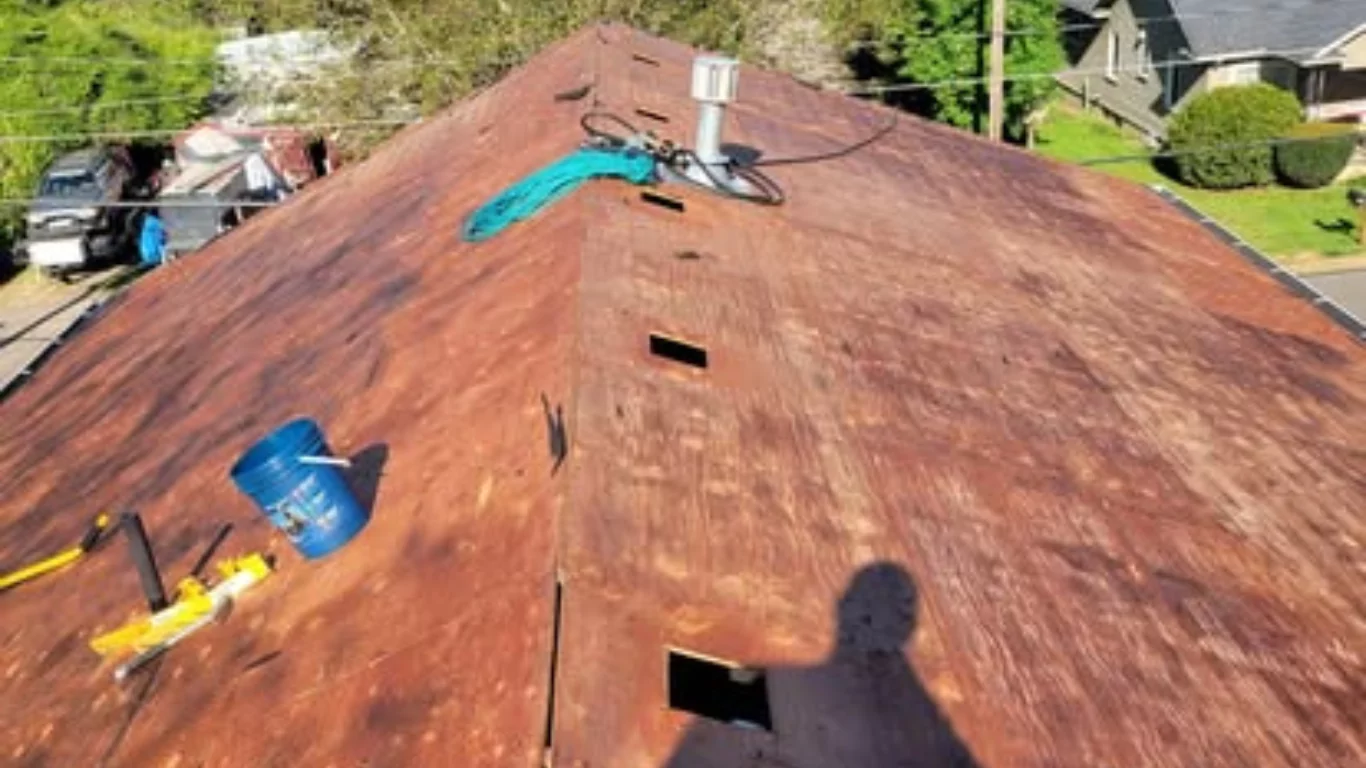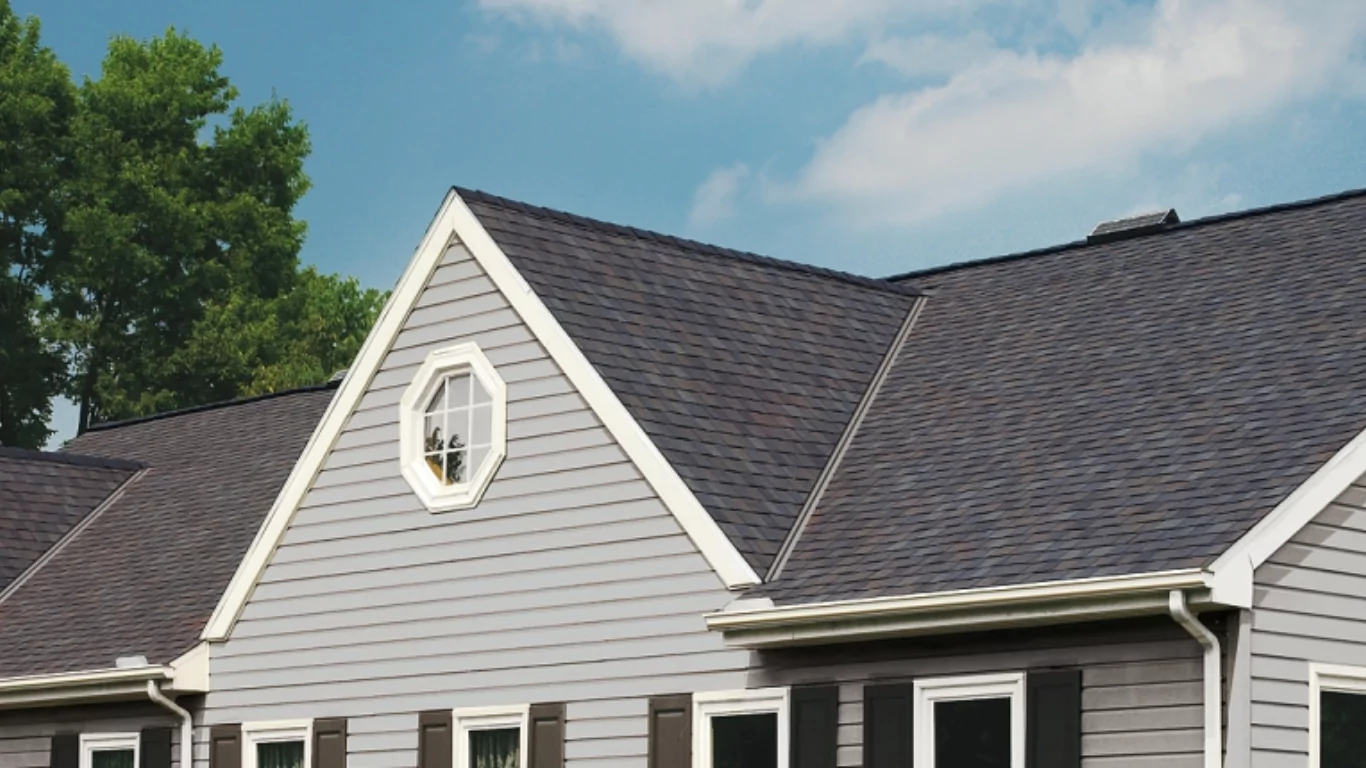Roofing projects can be significant investments, and timing them correctly can save homeowners a substantial amount of money while ensuring the highest quality results. Understanding the slow season for roofing is crucial for both budget-conscious planning and optimal project execution. This guide by Certified Roofing Services in Portland will provide a comprehensive look into the slow season for roofing, why it matters, and how homeowners can leverage this period to their advantage.
What is the Slow Season for Roofing?
The slow season for roofing typically refers to the time of year when demand for roofing services decreases. This varies depending on your location and climate but usually coincides with adverse weather conditions that make roofing projects less desirable or more challenging. For most regions:
- Northern Climates: The slow season usually falls in the winter months due to snow, ice, and freezing temperatures.
- Southern Climates: Intense summer heat can deter roofing activities, making this the slower period.
Understanding your region’s roofing slow season can help you identify opportunities for cost savings and scheduling flexibility.
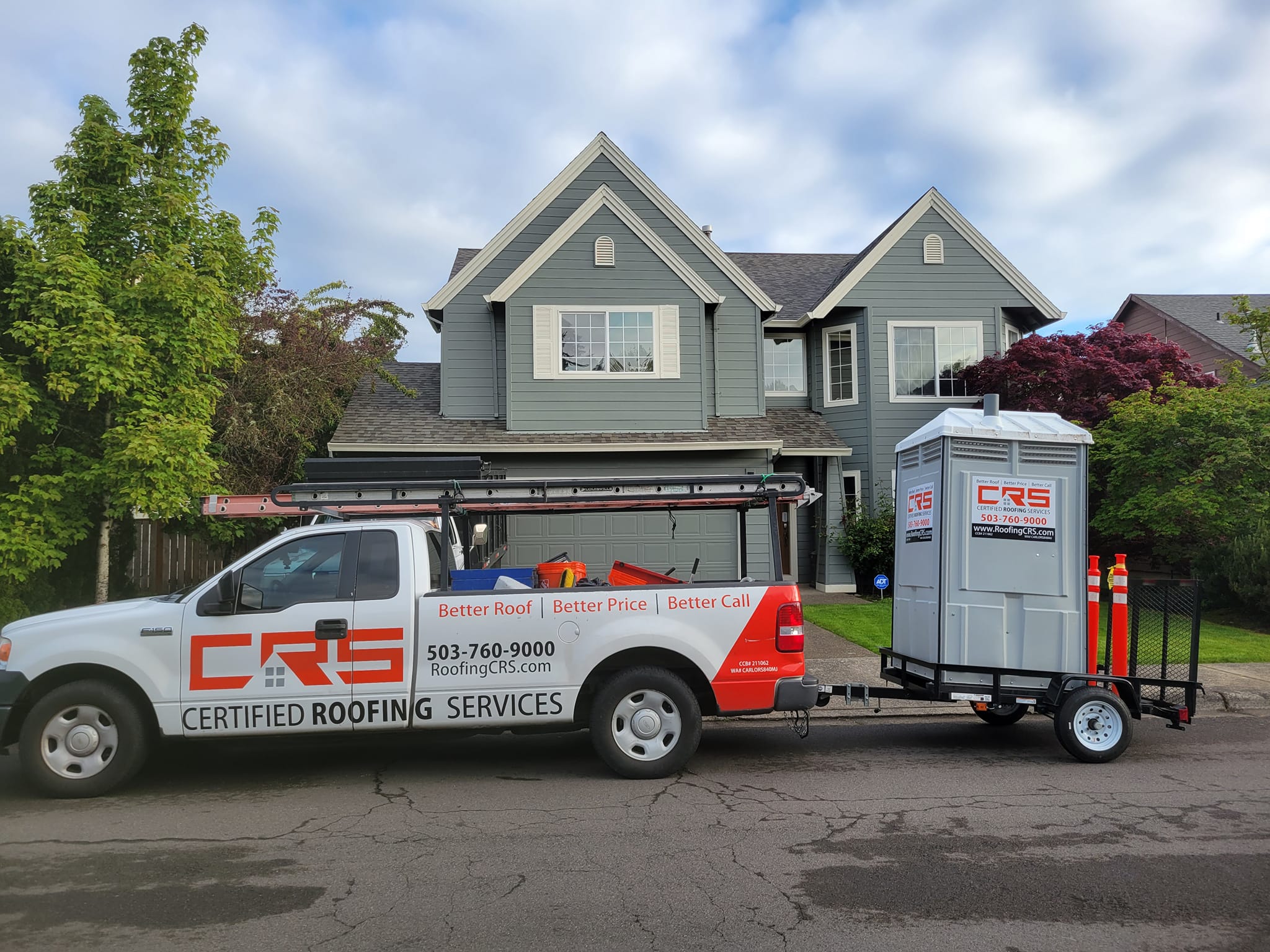
Why Does the Roofing Slow Season Matter?
1. Lower Costs
During the slow season, roofing companies often experience a dip in demand, prompting them to offer discounts or promotional rates to attract customers. Homeowners can take advantage of these savings to secure a high-quality roof installation or repair at a lower cost.
2. Flexible Scheduling
With fewer projects on their books, contractors can offer more flexible scheduling options during the slow season. This means you’re more likely to find a time that works best for your schedule.
3. Enhanced Attention to Detail
With fewer concurrent projects, roofing contractors can dedicate more time and resources to your project, ensuring meticulous attention to detail and superior workmanship.
When is the Best Time for Roofing?
Regional Variations
The best time for roofing varies by region. Here’s a breakdown:
- Northwest (e.g., Portland, OR): The rainy season dominates much of the year, so summer and early fall are peak times. Winter and early spring often see lower demand.
- Northeast: Cold winters push the slow season into late fall and winter, with spring and summer being the busiest.
- Southwest: Extremely hot summers create a slow season from June to August, while spring and fall are ideal for roofing.
- Southeast: Hurricanes and heavy rain make late summer less ideal, leaving winter and spring as the optimal periods.
Weather Considerations
Adverse weather conditions such as snow, rain, and extreme heat can impact roofing schedules and project outcomes. While contractors can often work around weather challenges, scheduling during milder months ensures better results and fewer delays.
How to Plan a Roofing Project During the Slow Season
1. Start with a Roof Inspection
Before diving into a roofing project, schedule a professional roof inspection to identify problem areas and determine the scope of work required. Many contractors offer free or low-cost inspections during the slow season.
2. Get Multiple Quotes
With less demand, contractors are more willing to negotiate pricing. Obtain quotes from at least three reputable roofing companies and compare their services, warranties, and costs.
3. Consider Material Availability
Certain roofing materials may have longer lead times during the slow season. Discuss material options with your contractor and confirm availability to avoid delays.
4. Prepare for Weather-Related Delays
While the slow season offers many advantages, weather conditions can still impact timelines. Ensure your contractor has a contingency plan to handle unexpected delays.
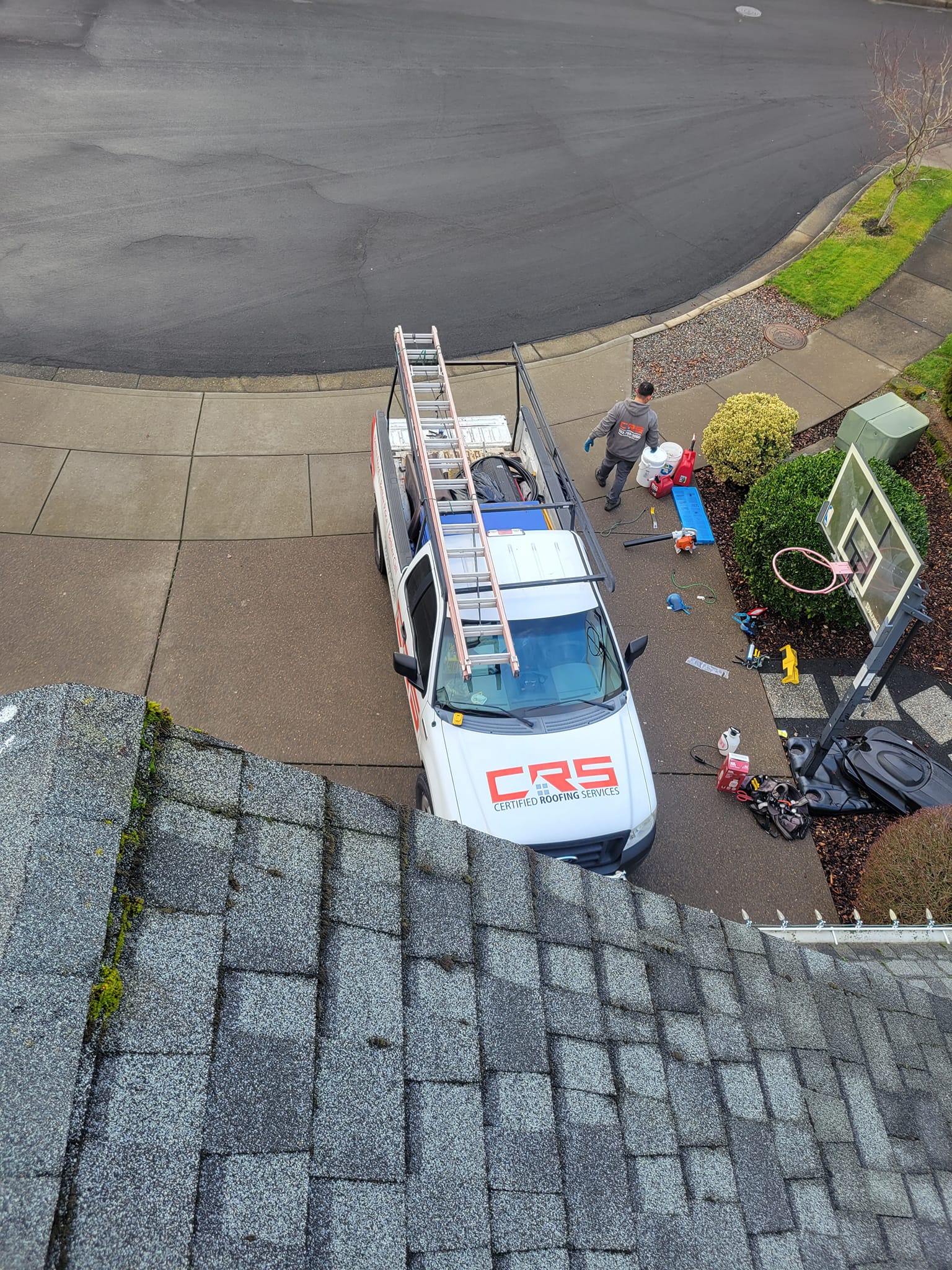
Benefits of Roofing in the Slow Season
1. Cost Savings
Many contractors offer discounts during their slow periods, and suppliers may lower prices to clear inventory. These savings can significantly reduce your overall project cost.
2. Availability of Top Contractors
The slow season often frees up the schedules of highly skilled contractors, giving you access to the best professionals in your area.
3. Faster Permit Approvals
Local government offices may process permits more quickly during the off-season due to reduced demand, expediting your project timeline.
Common Roofing Issues Addressed During the Slow Season
1. Leaks and Water Damage
Winter months are ideal for addressing leaks, as contractors can identify water intrusion points and repair them before spring rains exacerbate the problem.
2. Shingle Replacement
Replacing worn or missing shingles can prevent more extensive damage and ensure your roof remains watertight.
3. Structural Repairs
If your roof requires structural work, the slow season offers an opportunity to address these issues without competing for contractor availability.
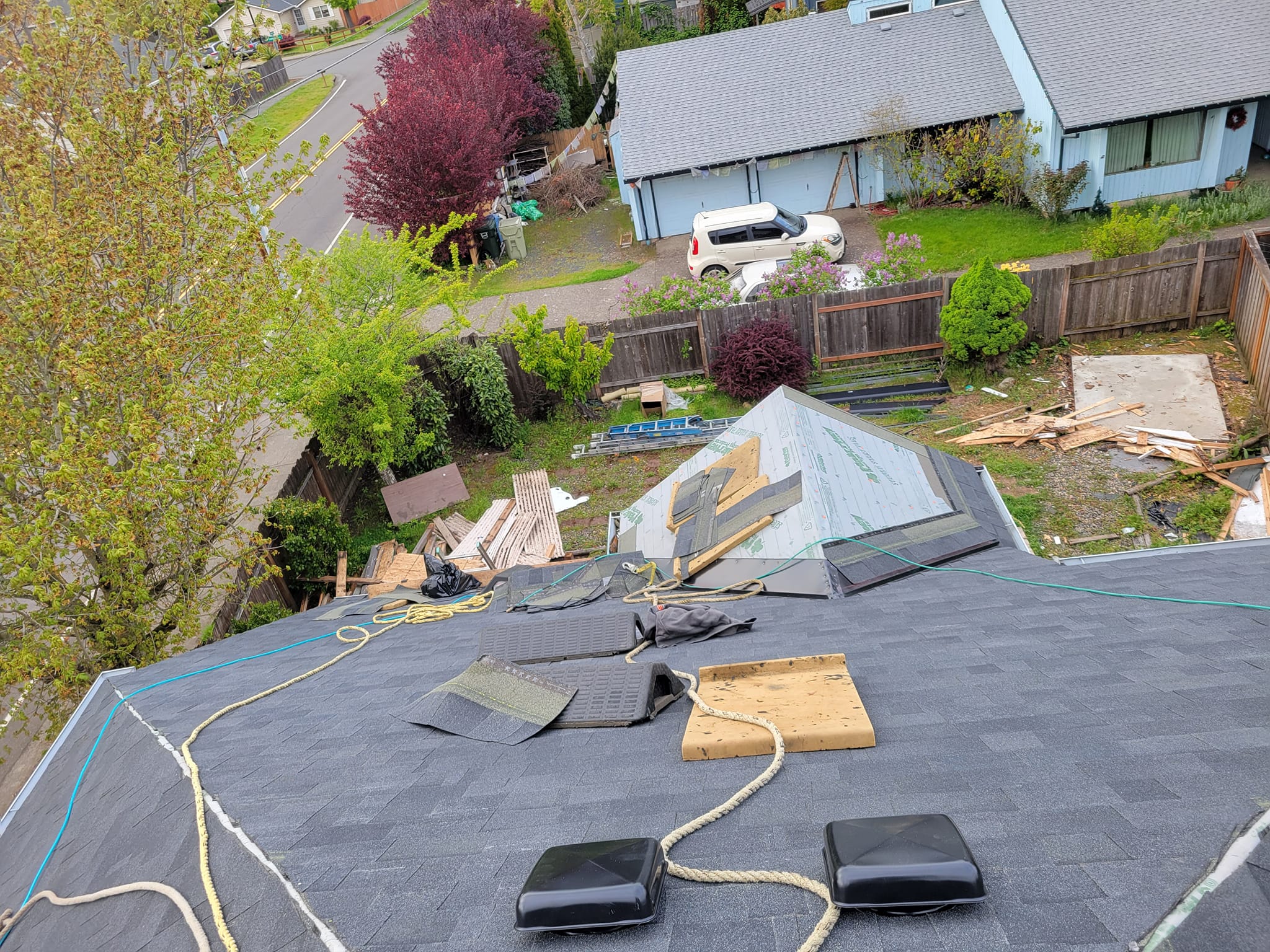
Tips for Choosing the Right Roofing Contractor
- Check Licenses and Insurance Ensure the contractor is licensed, bonded, and insured to protect yourself from liability.
- Read Reviews and Testimonials Look for contractors with positive reviews and a proven track record of quality work.
- Ask About Warranties A reputable contractor will offer warranties on both materials and workmanship.
- Request References Ask for references from past clients to gain insight into the contractor’s reliability and quality of work.
Frequently Asked Questions
1. Is it safe to roof in the winter?
Yes, but it depends on the weather and the contractor’s experience. Professional roofers have the tools and expertise to work safely in colder conditions.
2. Will roofing in the slow season affect quality?
Not necessarily. In fact, contractors often have more time to dedicate to individual projects during the slow season, resulting in excellent quality.
3. How much can I save by roofing in the slow season?
Savings vary by region and contractor but can range from 10% to 30% depending on demand and promotions.
Conclusion
Timing your roofing project during the slow season can result in significant savings, more scheduling flexibility, and access to top contractors. By understanding regional variations, preparing adequately, and choosing a reputable contractor, homeowners can ensure their roofing project is completed efficiently and cost-effectively.
Whether you’re planning a repair, replacement, or new installation, leveraging the slow season can make your roofing project a stress-free and budget-friendly experience.
For homeowners in the Portland area, Certified Roofing Services offers expert advice and top-notch services. Get your free estimate today!

